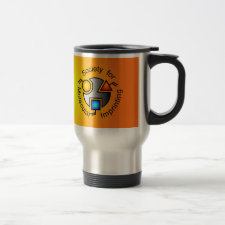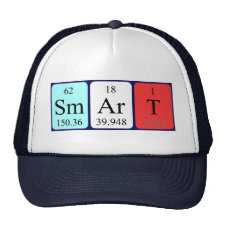
Authors: Zhu Y, Bai ZS, Luo WQ, Wang BJ, Zhai LL
Article Title: A facile ion imprinted synthesis of selective biosorbent for Cu2+ via microfluidic technology.
Publication date: 2017
Journal: Journal of Chemical Technology & Biotechnology
Volume: 92
Issue: (8)
Page numbers: 2009-2022.
DOI: 10.1002/jctb.5193
Abstract: BACKGROUND: Heavy metal pollution has become one of the most serious environmental problems. Novel approaches are needed for removal of heavy metal from water. Copper, a familiar heavy metal, has attracted much attention for its remarkable toxic domino offect at elevated concentrations. RESULTS: A novel ion imprinted approach combined with microfluidic technology was explored. Cu2+ was taken as ionic template and chitosan was used as carrier material. Chemical crosslinking was applied in the formation of imprinted sign. A selective biosorbent of ion-imprinted microspheres (IIMS) with uniform size, regular shape and high performance for Cu2+ had been prepared. The SEM, FTIR, EDS, XPS were employed to detect their distinct features. IIMS showed much higher adsorption capacity (qm=81.97 mg g-1) than those non-imprinted chitosan microspheres (CSMS). The adsorption isotherm fitted the Langmuir equation while thermodynamic adsorption results were considered strong proof of an adsorption exothermal process. IIMS exhibited excellent selectivity for Cu2+ when competitive metal ions and Cu2+ co-existed together, which profited from the specific spaces of Cu2+ template left after crosslinking and desorption. Results confirmed that chemical adsorption was dominant and amino played an important role in adsorption process. CONCLUSION: IIMS showed high adsorption capacity and excellent selectivity for Cu2+. Combining microfluidic technology with an ion-imprinted method proved to be a promising process for preparing selective materials. -® 2017 Society of Chemical Industry
Template and target information: copper ion, Cu(II)
Author keywords: microfluidic technology, ion-imprinted approach, adsorption, Cu2+, selectivity



Join the Society for Molecular Imprinting

New items RSS feed
Sign-up for e-mail updates:
Choose between receiving an occasional newsletter or more frequent e-mail alerts.
Click here to go to the sign-up page.
Is your name elemental or peptidic? Enter your name and find out by clicking either of the buttons below!
Other products you may like:
 MIPdatabase
MIPdatabase









